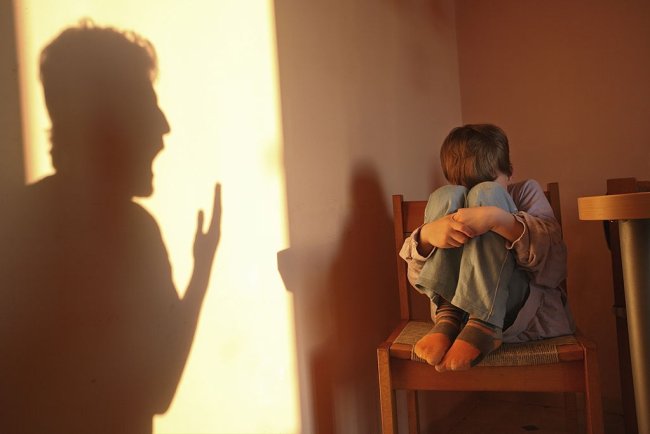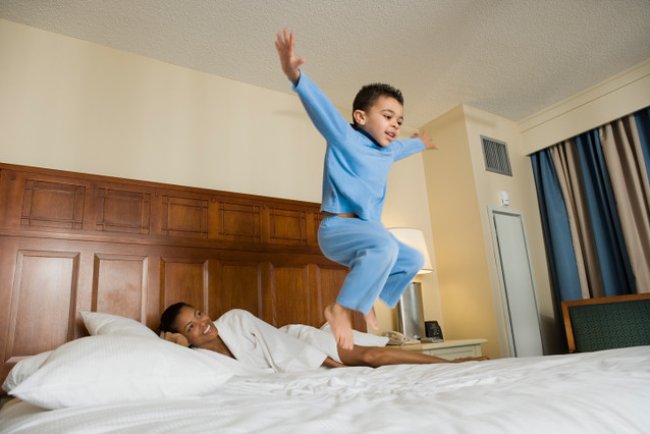Couch Potatoes Start Early: Why Kids Are Moving Less And How to Turn It Around
When you hear the phrase couch potato, chances are you picture a weary adult glued to Netflix after work. But here’s the unsettling truth: the habit of sitting too much doesn’t start in adulthood, it begins in childhood.

According to the U.S. Department of Health and Human Services, only 5% of American adults get 30 minutes of physical activity each day, and just one in three meets the recommended 150 minutes a week. But a large-scale study published in Pediatrics shows the warning signs appear shockingly early.
The surprising truth about childhood activity
As part of the Childhood Obesity Project in Europe, researchers tracked 600 kids between ages 6 and 11 with wristbands that measured their daily movement. The results were sobering:
At age 6, only 80% of children were active for the recommended 60 minutes a day.
By age 8, physical activity had already started to decline sharply.
By age 11, only 20% of kids were still moving an hour a day.
And the pattern wasn’t just about school days. Activity levels were low even on weekends, during school holidays, and shockingly at recess. Boys tended to move more vigorously than girls, while overweight kids were even less active than their peers. Which begs the chicken-and-egg question: does inactivity cause obesity, or does obesity itself discourage movement?
Why kids are sitting more than ever

If you’re a parent, teacher, or coach, none of this will surprise you. Childhood has changed. Unstructured outdoor play has given way to hours of screen time video games, TikTok scrolls, endless YouTube rabbit holes. Schedules are more rigid, with kids hustling between school, lessons, and structured sports instead of simply roaming the neighborhood on bikes.
Even those sports opportunities don’t guarantee daily activity unless your child is on a highly competitive team, practice is usually just a couple of days a week. And for many low-income families, safe outdoor spaces or affordable organized activities simply aren’t available. Add in parents working long hours (and worrying about safety), and it’s no wonder kids spend more time inside.
Why this matters for the future
Here’s the catch: movement habits form young. Sedentary kids often grow into sedentary teens, and those teens grow into sedentary adults. This isn’t just about weight. Inactivity itself is a risk factor for heart disease, type 2 diabetes, anxiety, depression, and a host of other health problems later in life. Put simply: a moving child is more likely to become a thriving adult.
How to get kids moving again
The good news? Small, consistent shifts in daily life can make a big difference. Here are some practical, real-world strategies:
Find community programs. Many towns offer free or low-cost sports, dance, or activity programs. Don’t be shy about asking for scholarships.
Champion recess. Schools that protect daily playtime give kids more than a break they give them health. Advocate for it.

Linger after pickup. Instead of heading straight home, let your child burn off energy on the playground for 20 minutes.
Set screen limits. Experts recommend no more than two hours of entertainment media a day. Phones and tablets don’t need to be in constant reach.
Get creative at home. Push back the furniture, crank up music, and have a family dance party. Stream a kids’ yoga video. Or dust off that stationary bike. Movement doesn’t have to look like a gym workout.
Model the behavior. Go for family walks, ride bikes together, or kick a ball around. Kids are much more likely to stay active if they see you moving too.
And perhaps most importantly: start early. Even babies need floor time to crawl, roll, and explore. The earlier we normalize movement, the more natural it becomes.
The bottom line
Children don’t need hour-long gym sessions or fancy sports gear they just need permission and opportunity to move their bodies. If we want our kids to grow up healthy, resilient, and less tethered to screens, we have to prioritize play and activity as much as homework and screen-free dinners.
Because the truth is, couch potatoes aren’t born at 40. They’re shaped in childhood. And we have the power to change that.
What's Your Reaction?




















